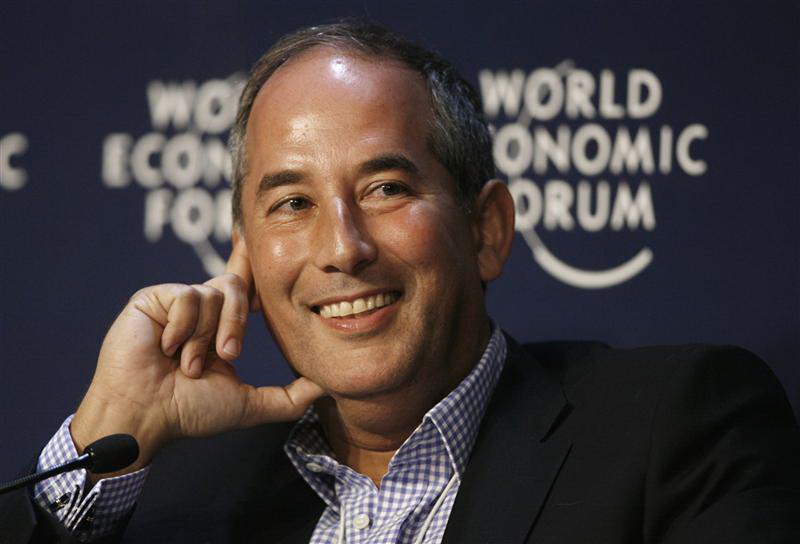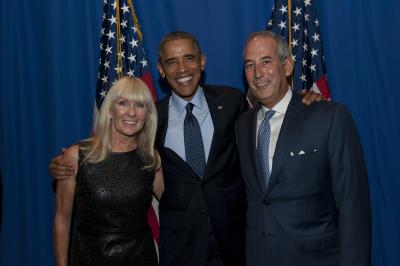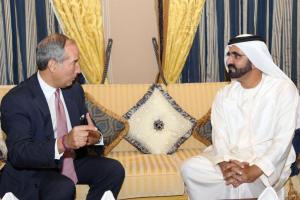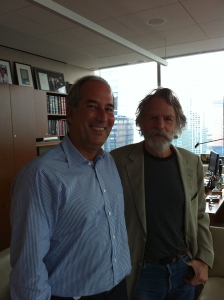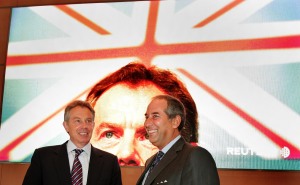A couple of weeks ago some old friends and I headed out to the Meadowlands Izod Center to hear The Dead. Not exactly The Grateful Dead of old as Jerry Garcia can never be replaced but a reformed and worthy sequel. Rather than seek some pale American Idol simulcra of Jerry the remaining original members of the band were smart enough to reinvent themselves. So this year they are touring with excellent musicians including Branford Marsalis who do not try to ape Jerry but instead take the sound into new places.
The Dead were always a great concert band – their rollicking jazz-like improvisations and modulations turned each concert into a different experience. For these musicians the goal of a concert was never to reproduce the exact sound of their latest studio album; rather each show was a unique jam session which might very well feature some songs that had also been released but never in the same way. The ultimate “been there done that.”
Along the way on that proverbial long strange trip I believe that The Grateful Dead discovered the new economic model for the music industry 40 years ago. We are all familiar with the sad story of how music industry bosses sought to hold back the zero-cost reproduction capabilities of digital media by locking-up the music first in vinyl records then in cassettes and eight track tapes and finally in CDs. When young folks everywhere joined a mass revolt against copyright and just downloaded MP3s the music industry sued them and then ultimately capitulated into the waiting arms of Apple’s Steve Jobs.
What the Dead figured out a long time ago is that artists should give away recorded music and make their money from touring building brand and merchandising. Most of the band’s 5000+ live shows are available for download or at least stream on the internet (see www.archive.org/details/GratefulDead or www.deaddisc.com/GDFD_Dicks_Picks.htm). Rather than suing fans to prohibit bootleg recordings the Dead allowed its devotees to set up microphones at their concerts and also provided high quality tapes of every show right off the mixing board.
Thus the recordings themselves become viral advertisements for the group and build brand and demand for concert tickets and merchandise which are harder to copy. Now the downside of this model is that the band cannot just sit back and count royalties from the sale of its recorded music and deign to do a concert tour every other year to promote its latest album. Instead the musicians need to embrace touring and playing as their primary mission. The music company also becomes more of a brand management and promotion company with likely reduced economics. However this is not far from where the music industry seems headed itself with concepts like the “360 contract” which seeks a cut of non-recorded income.
As for me I was just there to enjoy the show and muse upon content monetization models. Oh and yes I bought Mariana and Walter some really cool tie-dyed tee shirts.

